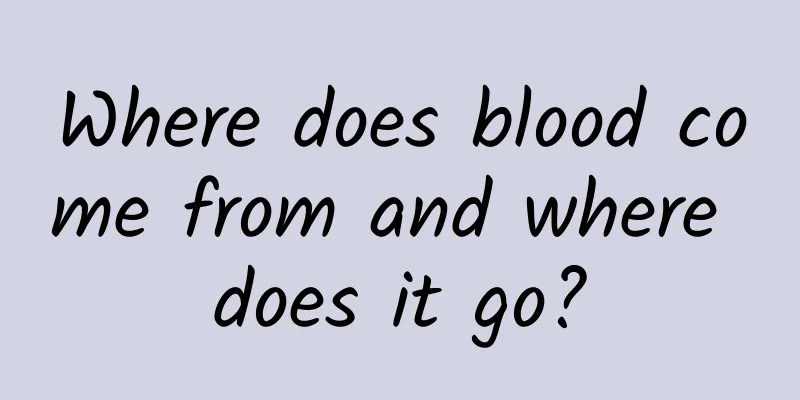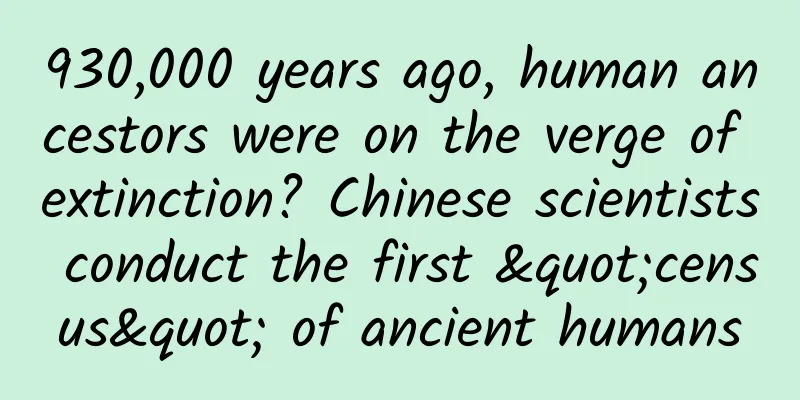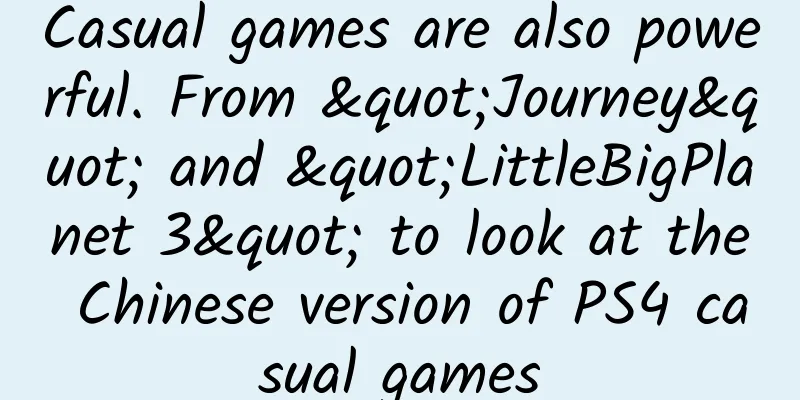Where does blood come from and where does it go?

|
"The heart pushes blood to circulate throughout the body" seems to be a very simple truth today, but it was confusing and perplexing hundreds of years ago. The study of blood circulation became the beginning of physiology and opened a new chapter in the history of medicine. When the great Roman physician Galen dissected corpses, he found that almost all the blood was in the veins, while the arteries were empty. This was actually because the sympathetic nerves were excited when a person died, and the arteries contracted. Galen thought that arteries transported air, while veins transported blood, and that blood flowed from the heart to the veins, and then from the veins to the whole body. He also believed that blood was produced continuously by the liver, and when it flowed through the heart it became "essence", and when it flowed through the brain it became "spiritual energy". These erroneous theories dominated the medical community for more than a thousand years. In the 16th century, the European Renaissance promoted the development of science. Belgian doctor Vesalius and Spanish doctor Servetus both questioned Galen's theory, but it was William Harvey, a British doctor and a member of the London College of Physicians, who officially revealed the mystery of blood circulation. In 1628, Harvey published a 72-page booklet, "Anatomical Studies on the Heart and Movement of the Blood in Animals". This book overturned Galen's theory with irrefutable experimental evidence and rigorous logical reasoning, and put forward the theory of blood circulation. It is hailed as the "pioneering work of physiology". Like "On the Revolutions of the Celestial Spheres", "Dialogue Concerning the Two Great Systems of Ptolemy and Copernicus", "Mathematical Principles of Natural Philosophy", etc., it has become an extremely important document during the scientific revolution and the entire history of science. Harvey's teacher was Fabricius, who discovered the venous valve, and his close friend was the outstanding natural scientist and philosopher Bacon, whose views on the role of experiments in science gave him great inspiration. Harvey pointed out that Galen's theory had a big loophole through quantitative analysis: the blood volume of the two ventricles of the human heart is about two ounces (1 ounce = 28.35 grams), which beats about 72 times per minute, 4,320 times per hour, and discharges 8,640 ounces of blood, about three times the body weight. If blood does not circulate in the human body, where does so much blood come from and where does it go? Harvey designed a series of experiments to observe the flow of blood. He ligated the vena cava of a live snake, and the blood in the beating heart was quickly emptied. If the aorta was ligated, the heart would soon be filled with blood. This shows that blood flows from the veins to the heart and from the arteries to the heart. He also tied the subjects' arms tightly. If it was tied too tightly to block the blood flow in the arteries, the limbs below the ligature (distal end) would be pale and bloodless, while the arteries above the ligature (proximal end) would be filled with blood. If it was not tied too tightly and only the veins were blocked, the pulse could still be felt in the limbs below the ligature (there was blood in the arteries), and the blood in the veins below the ligature was more overflowing, indicating that blood flowed from the arteries to the periphery and then into the veins to flow to the heart. Harvey proposed the concept of blood circulation at the Royal Society of London in 1616, and then spent 12 years conducting experiments on dozens of animals, and published the epoch-making "On the Motion of the Heart and Blood" in 1628. His conclusions can be summarized as follows: blood circulates; arteries behave like veins in the limbs and remote parts of the body; arteries are blood vessels that transport blood from the heart, and veins are blood vessels that transport blood back to the heart; the beating of the heart is the only driving force for blood circulation. From today's point of view, Harvey's theory of blood circulation is not perfect. For example, there were no microscopes at that time, so capillaries could not be seen, and it was not clear how arteries and veins were connected; he failed to discover the contractility of blood vessels and regarded them as mechanical pipes; he also ignored the promotion of blood circulation by factors such as breathing and exercise, and attributed the power of blood circulation to the pumping function of the heart. However, it was not easy to obtain the true knowledge of the movement of heart and blood under the conditions at that time, and no matter how high the evaluation was, it was not excessive. Harvey's discovery of blood circulation made physiology officially a science. Physiology explains the functions and mechanisms of various organs and systems of the human body and animals. On this basis, scientists gradually established disciplines such as pathophysiology and pathological anatomy. These disciplines use experiments as a means of studying human or animal organisms, which is the foundation of modern medicine. (The author is an associate professor at Central China Normal University and a director of the Hubei Physiological Society) |
<<: Ecstasy, pleasure, tranquility… the unsolved mysteries of “near-death experience”
>>: After looking at these numbers, it's up to you to decide whether to quit smoking or not.
Recommend
ZCOOL Master Hou Shuai's E-commerce Design All-Round Class
ZCOOL Master Hou Shuai's E-commerce Design Al...
Google search guru Manber leaves
[[127749]] The Wall Street Journal has just revea...
Webb telescope: The mind-boggling details of its $10 billion construction
Seeing the first batch of color photos released b...
Using bullock carts to pull satellites! India, which is "running slowly and slowly", is implementing its cheap lunar exploration plan
Indian lunar probe renderings | Source: ISRO Writ...
6 classic advertising creative templates
Advertisements have two basic attributes: First, ...
Data analysis: How to analyze the effectiveness of activities?
Scenario restoration: A music APP offers a 7-day ...
How to open WeChat mini-programs with QQ browser?
Following WeChat and QQ, mini programs can now be...
There are as many as 6,000 parasites in the body. If you accidentally eat this snail, you may get seriously ill!
The weather has gradually warmed up, and the summ...
Launch is coming soon! The Perseverance spacecraft will start a fully automated green space exploration journey
Your browser does not support the video tag Autho...
Urgent Science | Attention! New variant of COVID-19 - "Omicron"
The newly discovered new variant of the coronavir...
Lays Potato Chips-Brand Marketing Strategy!
As the saying goes, food is the most important th...
App Operation丨Apple Cleaning Free List Top 200! More than 40 games were removed from the list
Clearing words, locking rankings , removing from ...
What should I do if I am a leader for the first time and am responsible for promoting a product?
So how do we implement this comprehensive operati...
Can you get syphilis by swimming in a public swimming pool? The truth is...
During the long holidays, many people will arrang...
Is it true that crying can eliminate toxins from the body?
gossip "Shedding tears can expel toxins from...









